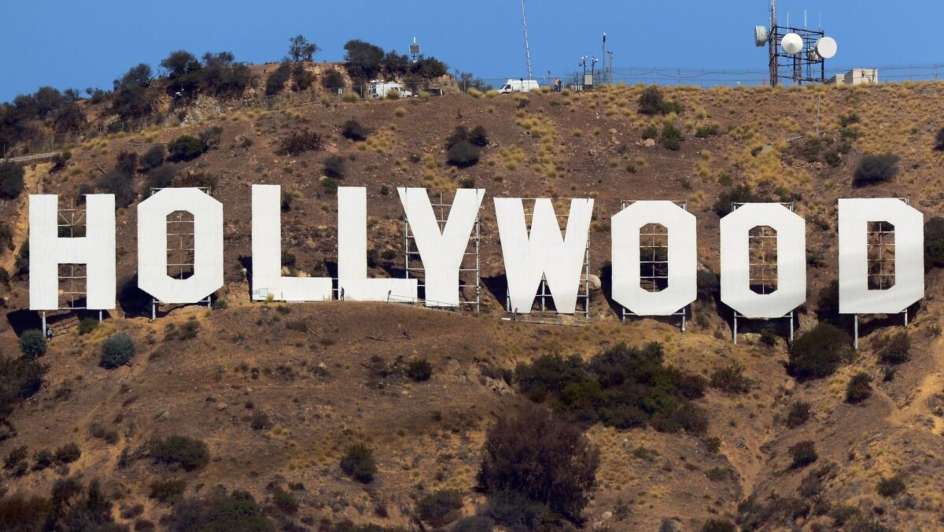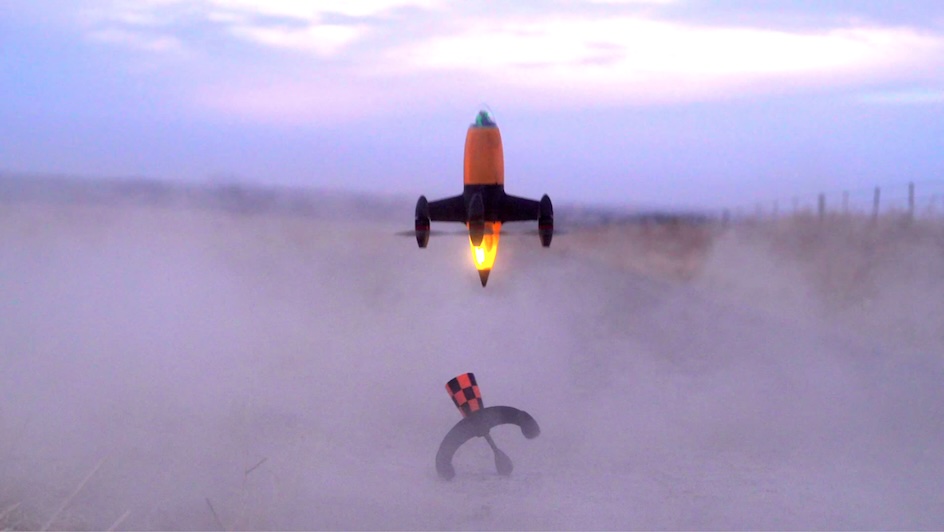#ThrowbackThursday – 13 July

What do culture, sport and alcohol all have in common? Apart from a combination for a possibly good time (or disaster), the answer is, in this case, 13 July!
That’s because the three events below just so happen to have taken place on this particular date in history. Observe:
1568 – The Birth of Bottled Beer
Remember the time a Benedictine monk named Dom Perignon invented champagne in 1693? Well, it’s not the first time that a member of the clergy dabbled in the art/science of alcohol.
Ninety-five years before, Alexander Nowell – the Dean of St Paul’s Cathedral in London, England – is said to have discovered the perfect technique for bottling beer. The story goes that Nowell had been on a fishing expedition to the River Ash; after he was done, he left behind a half-full bottle of home-brewed ale on the riverbank. When Nowell returned to the riverbank on 13 July a few days later, he found the bottle was still there.
When he removed the cork stopper, it popped off with a sound like a gunshot. As for the beer itself, it tasted even more delicious and fizzy!
Per this account from writer Martyn Cornell: “The ale, of course, had undergone a secondary fermentation in the bottle, building up carbon dioxide pressure so that it gave a loud pop when Nowell pulled the cork out. Such high-condition ale must have been a novelty to Elizabethan drinkers, who knew only the much flatter cask ales and beers.”
Although historians dispute whether or not the invention of beer bottles can be attributed to Nowell, the story is still a corker (pun intended). So the next time you open a bottle of beer, don’t forget to raise a toast to ol’ Nowell!
1923 – The History Behind The Hollywood Sign
What’s more iconic than the icon of Hollywood itself?
Today marks the 100th anniversary of the Hollywood Sign, which was erected all the way back in 1923 by a real estate business in order to advertise a new housing development in Los Angeles, California.
Standing a little over 15 metres, the sign – located atop Mount Lee in Griffith Park – originally read “Hollywoodland” and was meant to stay up for only a year and a half. However, with the subsequent rise of the Golden Age of Hollywood, the sign became a symbol of fame, success and entertainment – for those nursing dreams of making it big in Tinseltown, it signified the lure of that glamorous industry.
As such, the Hollywoodland sign remained up and quickly attained landmark status. Of course, many local residents deemed it as an eyesore and petitioned hard to have it removed. Eventually, only the “land” portion of the sign was removed in 1949 so that the structure reflected the Hollywood district, not the actual housing development.
Over the years, the now-Hollywood Sign has seen its fair share of vandalism and deterioration. As a result, it has been restored and refurbished multiple times. Walking and hiking trails in Griffith Park allow visitors to see the sign in all its glory, albeit only certain distances; visitors are also prohibited from touching or getting too close to the sign.
Still, the Hollywood Sign is a cultural landmark that has to be seen to be believed. And if you can’t see it in person, be assured that it has more cameos in movies, TV shows and music videos than your favourite celeb!
1930 – The FIFA World Cup Kicks Off
In 1930, the legacy of world championship football was born.
On 13 July, the inaugural FIFA World Cup took place in Uruguay, marking the beginning of the 17-day tournament. Overall, 13 teams from Europe, North America and South America participated (Japan and Thailand withdrew, while Egypt missed the ship to Uruguay due to a storm).
On the first day alone, two matches were played simultaneously in the capital city, Montevideo: France beat Mexico 4-1 at the Estadio Pocitos and the United States of America defeated Belgium 3-0 at the much larger Estadio Gran Parque Central. Over 4 000 spectators attended the first match, while over 18 000 watched the second match.
By the end of the World Cup, hosts Uruguay walked away the winners after beating Argentina 4-2 at Estadio Centenario.
Today, the FIFA World Cup has become one of the most world-famous spectator events, if not on par with the Olympic Games. It’s held every four years, and national teams around the world play to qualify for one of 32 spots in the tournament.
Image Credit: Source





















